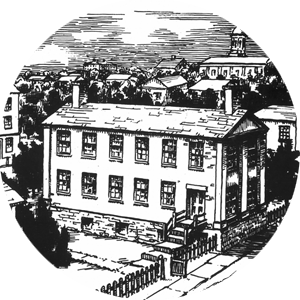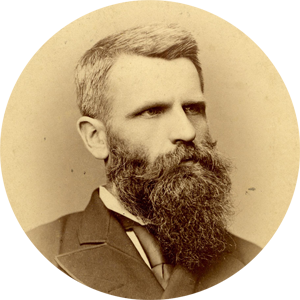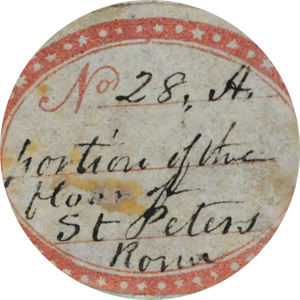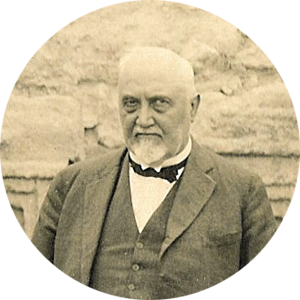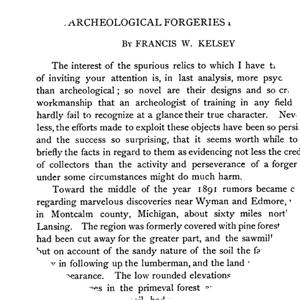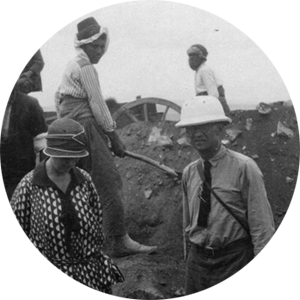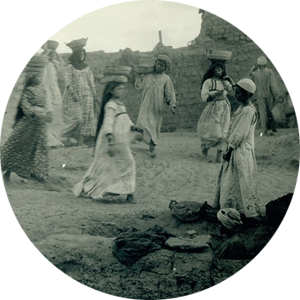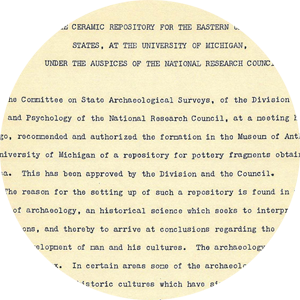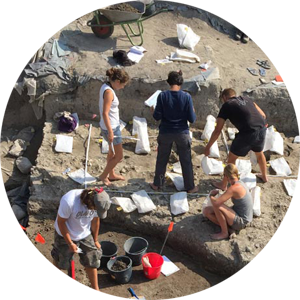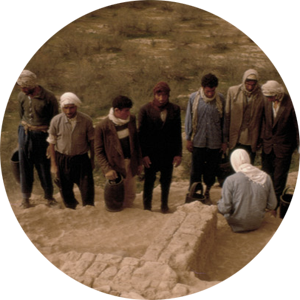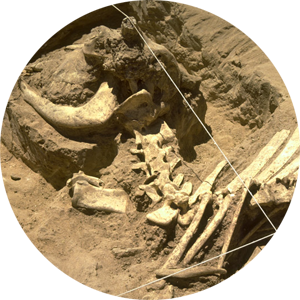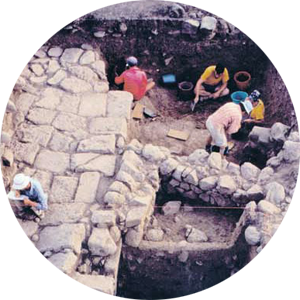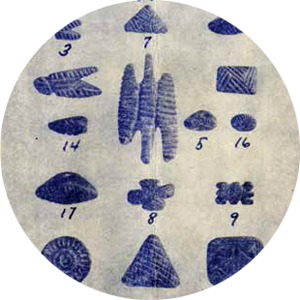Garnsey Bison Kill

Southeastern New Mexico has a rich—and understudied—archaeological record. It lies on the border of two cultural traditions: Puebloan village farming communities to the west and nomadic Plains bison-hunting communities to the east. From 1977 to 2009, John Speth, curator emeritus of North American archaeology at the Museum of Anthropological Archaeology, excavated two villages and a bison kill site near Roswell, New Mexico. His research examined settlement, subsistence, and Plains–Pueblo interactions between AD 1250 and 1450. Villagers hunted bison and exchanged hides and meat for Puebloan pottery, turquoise, and other goods. Long-distance exchange relations grew steadily until the 15th century, when competition between villagers and Plains groups intensified and became increasingly violent. By AD 1500, the settlements were abandoned.
Excavations at the Garnsey Ranch Site exposed multiple clusters of bison bones and stone tools, the remains of multiple, spring-season kills dating to ca. AD 1450. The hunters surrounded and killed small groups of animals in a dry wash and butchered them for transport. Speth’s analysis of the bones revealed that hunters selectively captured and processed more males than females. This is because the cows would have been pregnant or nursing calves in the spring, and as a result had fewer fatty reserves than the bulls.
Selected Objects

- Bison skulls
- Bone
- ca. AD 1450
- Garnsey Ranch Site, Roswell, New Mexico, United States
- UMMAA Expedition
- UMMAA 83209

- Lithics
- Chert
- ca. AD 1450
- Garnsey Ranch Site, Roswell, New Mexico, United States
- UMMAA Expedition
- UMMAA 83206

